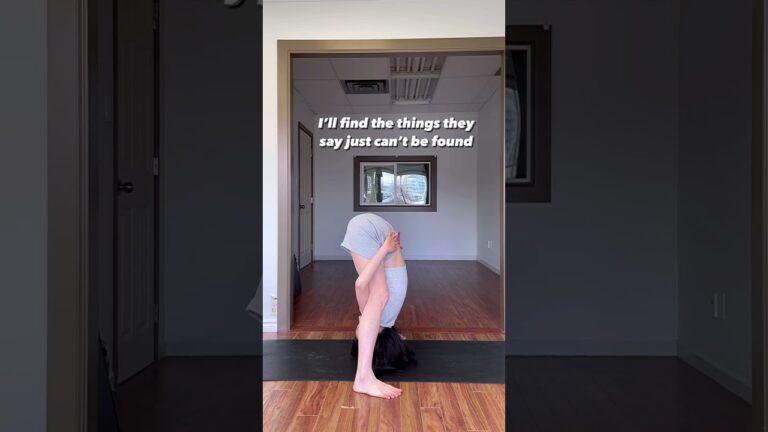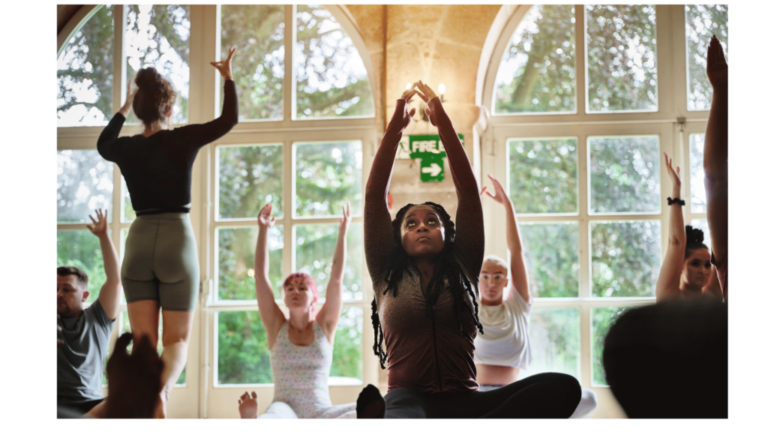Remember the Eccentric
Many errors in weightlifting and gymnastics movements occur when we are cycling repetitions in workouts or adding intensity (going faster, heavier, unbroken, etc.). This is when eccentric movement, which often gets neglected in teaching, comes into play.
It’s one thing for athletes to master a single push jerk, muscle-up, or handstand push-up, but how athletes lower the bar, descend from the rings, or roll into successive repetitions can maximize their performance over time.
We teach safe, proper, and efficient mechanics on the eccentric parts of movements, and we should also look for points of performance and faults there. To practice this skill, teach the descent of a toes-to-bar so the athlete is pulling their feet straight down and pushing their chest through. Or teach an athlete how to bring the bar back to the floor when snatching, making sure they are re-establishing the hook grip, keeping their arms straight before moving the hips back, etc. Then, follow the “teach a point, see a point” method while your athletes warm up. Call out reps of the eccentric part of the movement so your athletes can think about each point and you can get plenty of time to see their movement. Practice cycled reps before the workout begins.
Create an Environment for Seeing
Many of us take time to plan our teaching approach, our class timeline, and the pre- and post-workout elements. We sometimes have less of a plan for how we will look at the results of our teaching methods.
How many times do you find yourself stuck at the front of your class or working with one or two newer athletes while missing the movements of your seasoned athletes when they are in the heat of a workout? Or maybe you notice athletes who always set up in the back of the room to avoid your critical eye?
Include in your plan how you’ll navigate around your class to get eyes on everyone, even your best athletes. Your plan may include setting up the class and then turning everyone around to face another direction. It may include having a second coach on hand and running a zone defense. Or it may include a strategy for which points of performance you will prioritize seeing for the whole class.
These seeing methods only develop our coaching eye if we regularly practice them. Write out your “teach a point, see a point” plan in your lesson plan. Know the order in which you’ll tackle each point and where you’ll look for each. Choose the key dynamic points of performance to assess in each movement during the workout. Know the sequence of movement you’ll follow that day to see more elements across your class. Remember to teach and plan to see the eccentric parts of movements. And build your class plan with an eye to seeing and executing all of this.
Get Objective Feedback
Ask other trainers in your gym to watch you coach and give you specific objective feedback related to the things you’re working on. Often, this involves watching what you actually end up correcting. Are corrections happening in the dynamic parts of the movements? If so, perhaps you’re effectively prioritizing where you’re looking and what you’re seeing. How about the eccentric parts of the movement? Do you move around the class to see more? What is the pattern? If not, perhaps you’re stuck in one area of the class and need to refine your plan to see the rest of the class.
Remember that ultimately the real measure of our ability to see movement faults is whether we get our athletes to move better. If you can see it, you can work to fix it!
This content was originally published here.




















